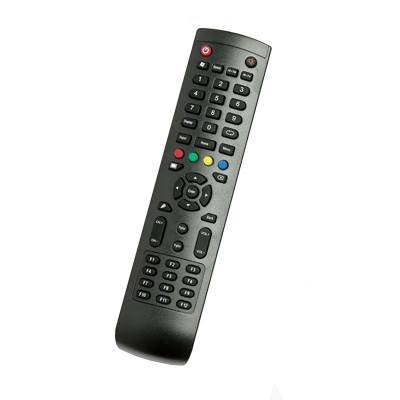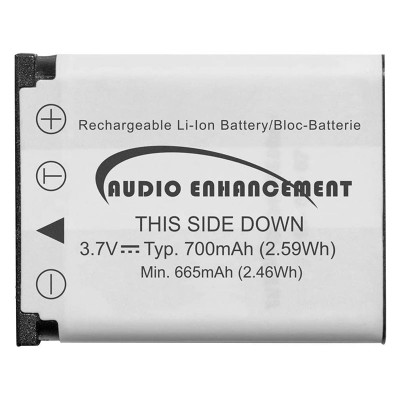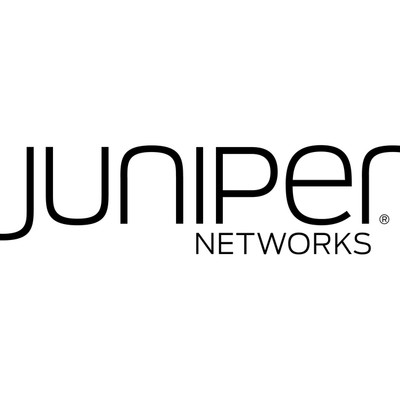The Juniper Networks® EX4100-F line of Switches offers a secure, cloud-ready portfolio of access switches ideal for enterprise branch, remote office, and enterprise campus networks. The EX4100-F switches combine the simplicity of the cloud, the power of Mist AI™ , and a robust hardware foundation with high performance to deliver a differentiated approach to access switching in the cloud, mobile, and IoT era. With Juniper® Mist™ Wired Assurance, the EX4100-F line of Switches can be effortlessly onboarded, configured, and managed from the cloud. This simplifies operations, improves visibility, and ensures a much better experience for connected devices.
Key features of the EX4100-F include:
- Cloud-ready, driven by Mist AI with Juniper Mist Wired Assurance and Marvis Virtual Network Assistant
- Ethernet VPN-Virtual Extensible LAN (EVPN-VXLAN) to the access layer
- Standards-based microsegmentation using group-based policies (GBPs)
- Flow-based telemetry to monitor traffic flows for anomaly detection, ability to measure packet delays and report drop reasons
- 10-member Virtual Chassis support
Offering a full suite of Layer 2 and Layer 3 capabilities, the EX4100-F enables multiple deployments. As scaling requirements increase, Juniper's Virtual Chassis technology allows up to 10 EX4100-F switches to be seamlessly interconnected and managed as a single device, delivering a scalable, pay-as-you-grow solution for expanding network environments
The EX4100-F line consists of the following models:
- The EX4100-F-12T, which is a compact, fanless switch offering 12 x 1GbE non-PoE access ports.
- The EX4100-F-12P, which is a compact, fanless switch offering 12 x 1GbE Power over Ethernet Plus (PoE+) access ports and delivering up to 30 W per port with a total of 180 W of PoE power budget with an external power adapter. EX4100-F-12P can also be powered from an external 90 W power sourcing equipment (PSE) device connected via the uplink port. Additional 90 W of PoE budget is available if the second uplink port is connected to a PSE device. With external power adapter and the two uplink ports connected to 90 W external PSE, total PoE power budget supported is up to 300 W.
- The EX4100-F-24T, which offers 24 x 1GbE non-PoE access ports.
- The EX4100-F-24P, which offers 24 x 1GbE PoE+ access ports, delivering up to 30 W per port with an overall total 370 W of PoE power budget.
- The EX4100-F-48T, which offers 48 x 1GbE non-PoE access ports.
- The EX4100-F-48P, which offers 48 x 1GbE PoE+ access ports and delivers up to 30 W per port with an overall total PoE Power budget of 740 W.
Each EX4100-F -24 port and -48 port model offers a fixed power supply and 4 x 1GbE/10GbE small form-factor pluggable plus transceiver (SFP+ transceiver) fixed uplink ports. Each EX4100- F-12 port model offers 2 x 10GbE fixed copper uplink ports. The EX4100-F switches include 4 x 1GbE/10GbE SFP+ ports to support Virtual Chassis connections, which can be reconfigured for use as Ethernet ports for uplink connectivity. EX4100-F switch models offer standards-based 802.3af/at (PoE/PoE+) for delivering up to 30 watts on any access port. The EX4100-F switches can be configured to deliver Fast PoE capability and Perpetual PoE capability.
- Effectively reduces downtime with improved network performance
- Lets you conveniently connect different networks to enable improved flexibility to your infrastructure
- Provides efficient communication with other ethernet switch in the stack to ensure maximum productivity
- Quickly and easily set up a wired network with 24 networking ports
- Built-in power supply to ensure all components are being supplied with accurate voltage
- Can work as layer 3 routing for scalable network design
- Rack mounting enables you to organize wires & secure cables for professional installation
- Management capability allows maximum efficiency and with unrestricted control
- Up to 10x faster than standard Ethernet server connectivity while providing high-performance uplinks
- Supports optical fiber cable to span longer distances and provided high data transmission rates between servers and network components










































